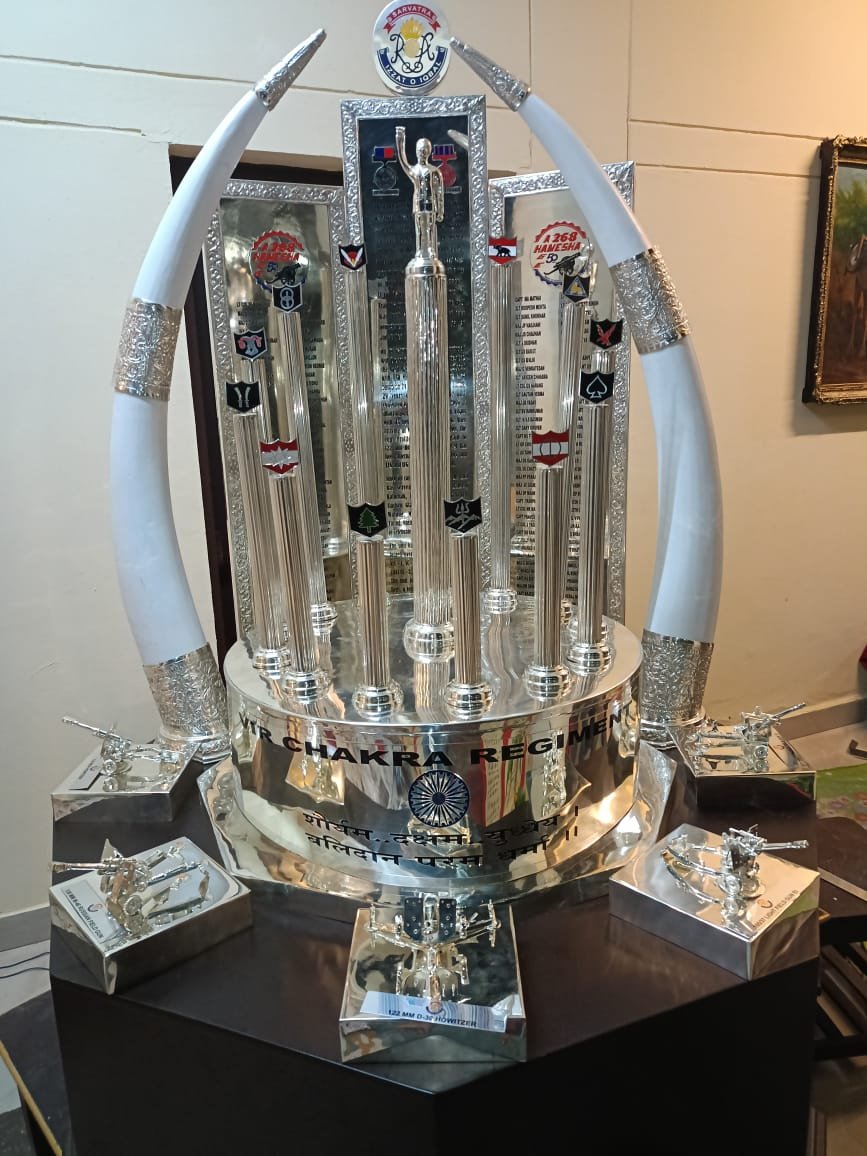Shopping cart design plays a critical role in the success of any e-commerce business. A well-designed shopping cart can significantly improve user experience, reduce cart abandonment rates, and increase overall sales. But what exactly makes an effective shopping cart web design?
In this article, we’ll explore the key features that contribute to a high-performing shopping cart, providing easy-to-understand explanations and real-world examples to illustrate their importance.
1. User-Friendly Navigation
A good shopping cart design starts with user-friendly navigation. Customers should be able to add items, view their cart, and proceed to checkout with minimal clicks. Complicated navigation can lead to frustration and, ultimately, abandoned carts.
Example: Amazon’s “Add to Cart” button is prominently displayed on every product page. The cart icon in the top-right corner of the screen updates in real-time, allowing customers to easily see how many items are in their cart and quickly access it.
Tip: Place the shopping cart icon in a visible location, such as the top right corner of your site, and ensure it is always accessible as users navigate your store.
2. Clear Call-to-Action (CTA) Buttons
Effective CTAs guide users through the buying process. Words like “Add to Cart,” “Proceed to Checkout,” and “Continue Shopping” should stand out on the page and clearly indicate the next step for the shopper.
Example: Shopify stores use bright, contrasting colors for their CTA buttons, making them easily distinguishable from other elements on the page. This draws the shopper’s attention and encourages action.
Tip: Use bold colors and concise text for CTA buttons. Ensure they stand out from the rest of the content on your site.
3. Mobile Optimization
With nearly 73% of all e-commerce sales projected to come from mobile devices by 2024, it’s crucial to ensure that your shopping cart is mobile-friendly. Mobile optimization means your shopping cart should be responsive, easy to navigate, and feature touch-friendly buttons.
Example: Apple’s online store offers a seamless shopping experience on mobile devices. Their cart is designed with large buttons, easy scrolling, and minimal text input requirements, making it simple for users to complete purchases on smaller screens.
Tip: Test your shopping cart on various mobile devices to identify any issues with functionality or appearance.
4. Progress Indicators
Shoppers want to know how many steps it will take to complete their purchase. Using progress indicators such as a progress bar or step-by-step navigation can reduce anxiety and help users understand where they are in the checkout process.
Example: Walmart’s online store uses a progress bar at the top of their checkout page, letting customers know exactly where they are in the process (e.g., Shipping Information, Payment, Review Order).
Tip: Keep the number of checkout steps to a minimum to avoid overwhelming your customers.
5. Trust Signals and Security Features
Adding trust signals and security features to your shopping cart page is essential. These can include SSL certificates, trust badges, and secure payment icons. Displaying these elements helps reassure customers that their personal and financial information is safe.
Example: Sites like Etsy include SSL badges, secure payment logos (e.g., PayPal, Visa), and customer reviews near the checkout button, adding an extra layer of trust.
6. Cart Summary and Order Review
Shoppers should have the option to review their order before checking out. A cart summary should include item names, quantities, sizes, colors, and prices. This helps reduce errors and gives customers a chance to make changes.
7. Guest Checkout Option
Requiring users to create an account before completing a purchase can lead to higher cart abandonment rates. Offering a guest checkout option simplifies the buying process and appeals to users who want to make a quick purchase without the hassle of registration.
Example: Best Buy’s guest checkout option allows customers to place an order using only their shipping and payment information, making the process faster and more convenient.
Conclusion
Effective shopping cart web design is all about creating a seamless and enjoyable experience for your customers. By incorporating features such as user-friendly navigation, clear CTAs, mobile optimization, and trust signals, you can reduce cart abandonment rates and increase conversions. Thank visiting empireadda.com


